For over 7,000 years, cheese was one of the most nutrient-dense foods humans relied on. [1 2 3]
A blend of raw milk, salt, cultures, and animal rennet gave cheese its health-boosting power.
It fueled explorers, strengthened communities, and connected us to nature.
Each bite was alive with enzymes, healthy fats, and beneficial bacteria—true "food as medicine.”
But today’s cheese?
It’s something entirely different.
Industrialized food systems have transformed cheese into a hollow imitation of its former self.
To meet modern demands for cheap, fast, and convenient products, Big Dairy replaced traditional methods with industrial shortcuts.
Here’s what’s changed:
-
Pasteurization: Heat kills harmful bacteria—but also destroys beneficial enzymes and probiotics. The result? A "dead" cheese that’s harder to digest. [4]
-
A1 Casein Mutation: Most cheese today comes from the milk of feedlot “Holstein-Friesian” breed cows, which process the A1 casein genetic mutation - as opposed to the A2 casein of heritage breeds. This form of casein protein is unnatural and mimics opioids in the gut, causing irritation and constipation. [5]
-
Synthetic Rennet (FPC): Instead of animal rennet, most cheese today uses genetically modified microbial rennet, introduced by biotech companies in the 1980s. This lab-engineered solution sacrifices flavor and health for cost savings. [6 7]
- Grain-Fed Cows: Gone are the days of grass-fed dairy, rich in omega-3s, CLA, and fat-soluble vitamins like A, D, and K2. Grain-fed cows produce inferior milk high in inflammatory omega-6 PUFAs, robbing cheese of its nutrient density. [8]
Chemical Shortcuts: Additives speed up aging, mask off-flavors, and make cheese more "marketable," but they also compromise its integrity and nutritional value. [9]
Big Dairy Has Turned Cheese from Healing to Harmful.
The magic of traditional cheese comes from its living, raw ingredients: raw milk teeming with nutrients, and animal rennet—a natural enzyme complex that enhances flavor and texture.
Modern cheese?
It’s often made with microbial or GMO-derived rennet, labeled deceptively as "vegetable rennet." These alternatives introduce potential toxins, allergens, and even gut microbiome disruptions.
Consider this:
- 90% of U.S. Cheese Uses GMO Rennet: Genetically engineered enzymes from lab-grown mold, yeast, or bacteria dominate today’s cheese market.
- Lack of Transparency: Labels don’t have to disclose GMO use. What you see as "microbial rennet" or "vegetable rennet" could actually be biotech-engineered FPC (fermentation-produced chymosin). [10]
- Toxic Risks: Studies raise concerns about bio-toxins, allergens, and gut health issues tied to genetically modified rennet. Even trace residues from the fermentation process can trigger adverse effects. [11]
- Lost Flavor and Nutrition: Animal rennet produces superior taste and nutrient profiles. GMO and microbial rennets? They often leave behind bitterness and a subpar texture. [12]
Here’s What Traditional Cheese Gets Right
Animal Rennet Matters: Natural rennet contains enzymes like chymosin and pepsin, which not only create the ideal curd but also enhance cheese’s flavor and digestibility. By contrast, synthetic rennets isolate only chymosin, losing the complexity of natural enzymes.
Raw Milk = Living Food: Traditional cheese starts with raw, unpasteurized milk, rich in enzymes, healthy fats, and probiotics that support digestion and immunity. Pasteurized milk? Stripped of life.
Grass-Fed Milk Is Nutrient-Dense: Cows grazing on pasture produce milk with higher omega-3s, CLA, and fat-soluble vitamins—key components for a truly healthful cheese.
A1 Casein Intolerance: What some consider “lactose intolerance” may actually be related to the mutated A1 casein protein in modern cows. Opt for “A2/A2” dairy - brands like Alexadre and The A2 Milk Company are great. Also, all goats, sheep, and buffalo are always A2/A2.
No Additives or Shortcuts: Traditional methods rely on time, not chemicals, to develop flavor and texture. Modern shortcuts prioritize speed, leaving cheese nutritionally and tastefully bland.
Demand Better Cheese.
You deserve real food made with integrity. Cheese can still be the superfood it once was—nutrient-dense, gut-friendly, and full of flavor.
Sources:
1 Evidence of 7,200-year-old cheese making…
2 Hint of 7200-Year-Old Cheese…
3 Fatty acid specific δ13C values reveal…
4 The Beneficial Effect of Farm Milk Consumption on Asthma, Allergies, and Infections…
5 Systematic Review of the Gastrointestinal Effects
6 Hydrolytic enzymes in the dairy industry: Applications, market and future perspectives
7 Safety evaluation of the food enzyme chymosin…
8 Grass-fed cows produce healthier milk
9 Monitoring Chemical Changes in Cheddar Cheese…
10 GMO Food Labeling Rules ‘Restrictive and Unclear’..
12 Plant proteases as milk-clotting enzymes in cheesemaking: a review

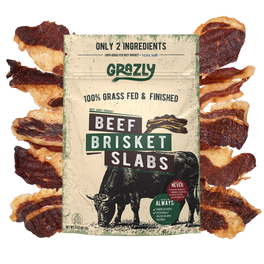
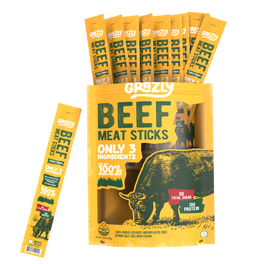
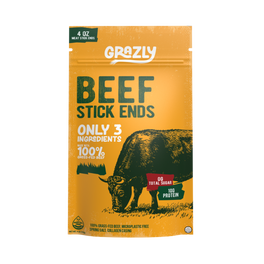
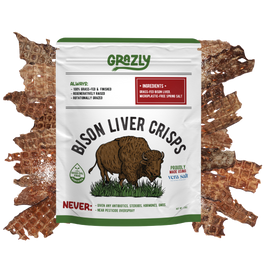
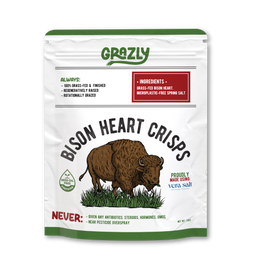
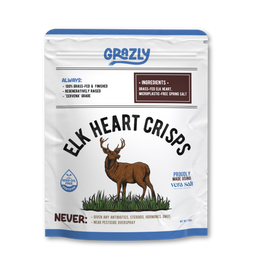
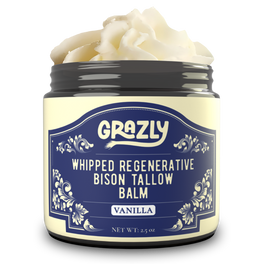
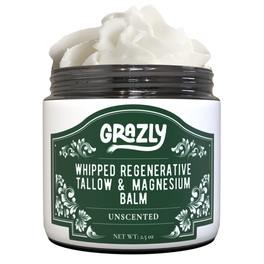
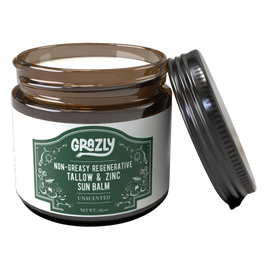
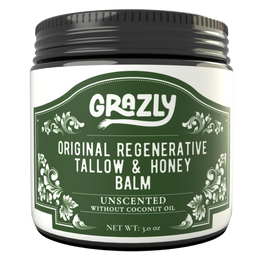
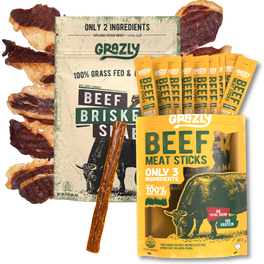

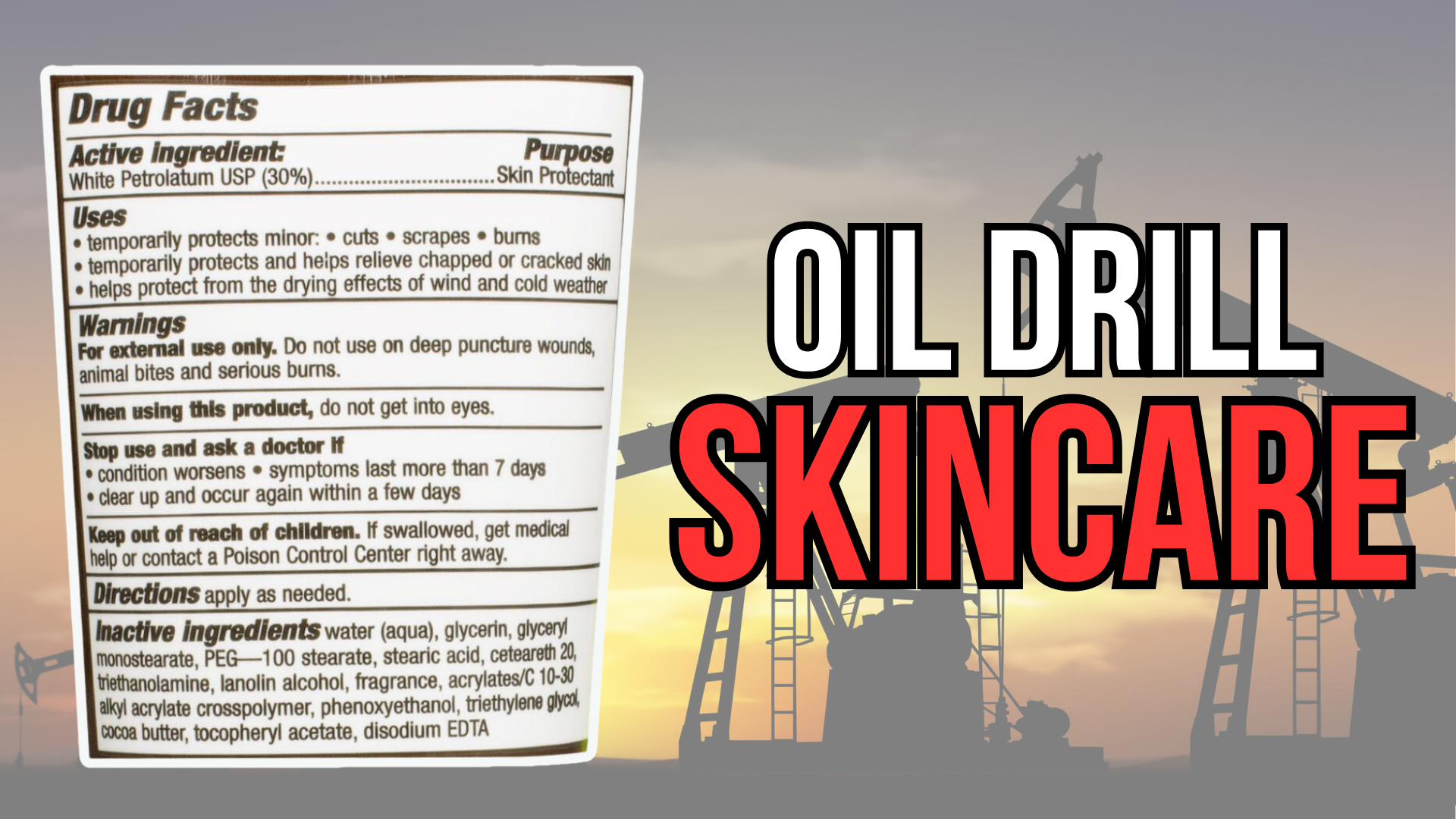

Leave a comment
This site is protected by hCaptcha and the hCaptcha Privacy Policy and Terms of Service apply.